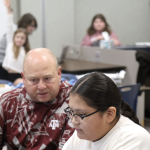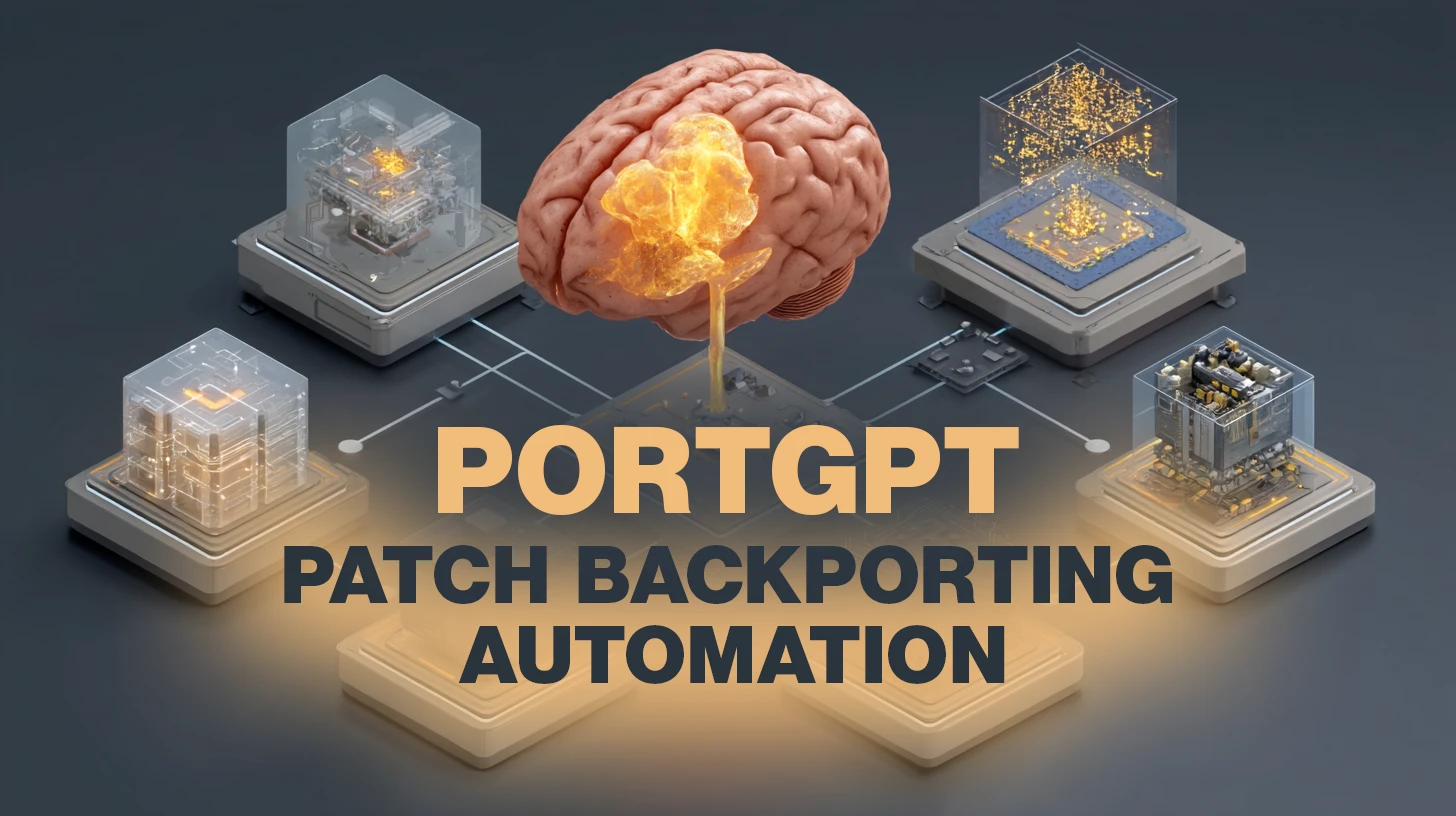When Connor Fitzgerald sits down to create a lesson plan for his high school English class, he goes about it a little differently than before. Instead of spending hours researching and coming up with ideas, he enters words into a text box on his computer and waits just a few seconds to get results.
This new way of approaching lesson planning – not using textbooks but algorithms – is just the tip of the iceberg of how artificial intelligence is revolutionizing the classroom. Teachers also use it to prepare quizzes, generate presentations, track student progress, and see how students might be challenged.
For Fitzgerald, the benefit of using AI for lesson preparation is saving time and being able to focus on more critical tasks such as student engagement.
“That’s ultimately the goal, at least from an educational standpoint,” he said. “How do you use this new tool, not to replace yourself but to lighten your workload to do something else?
Fitzgerald, an English teacher in Milnor Public Schools, has been on the front lines for nearly a year determining how best to use AI in his classroom. He received public training on its uses last fall and is helping to write his school’s AI policy, based on state guidance. Teachers can use AI for tasks like lesson planning and prep work, and students can use it to generate ideas.
Educators and AI
Fitzgerald said he received training on the ethical use of AI and how AI can help educators reclaim some of their time.
“The idea of the training was that AI is a very new technology, and therefore how to use it in the classroom in a way that is ethical and works best for you,” he said. “I’ve been using a lot of AI technology since that training to create grammar worksheets – basically, taking what we already do as teachers and shortening the work time so I don’t have to sit there and come up with 45 example sentences to put in a worksheet when I can have the computer create it for me.”
Fargo Public Schools uses AI in much the same way and has seen similar benefits, including saving time on repetitive tasks, according to Liann Hanson, director of standards-based education.
“We use it in a practical way that saves time and supports student learning,” she said.
Examples include generating rubrics, adjusting reading levels, designing assessments, and producing visuals.
“It helps teachers pay more attention to individualized instruction and relationships with students,” Hanson said.
(Andrew Weeks/For the North Dakota Monitor)
Jeff Fasnacht, superintendent of Bismarck Public Schools, said some teachers and principals have intentionally avoided using AI, while others have taken to it with enthusiasm. Fasnacht uses AI every day, noting that it makes his job easier.
“I’m doing more and I think I’m a better superintendent because of it,” he said.
Fasnacht thinks the same might be true for teachers who use it.
“Teachers are drowning in the number of reports and demands placed on them, the expectations they have to meet in the classroom, the sheer number of things that distract them from actually working with a child, which should be their main goal: working with children,” he said.
He stressed, however, that teachers are warned of the limitations of AI. “What a computer can’t do for you is study a child’s behavior and diagnose what their learning problems might be,” he said.
Fasnacht said that, like the Internet revolution of the 1990s, some educators are wary of the potential uses of AI, perhaps even worried about the extent to which it will go toward replacing the teacher. He’s not worried though and said it’s just an extra tool to use, not a replacement tool.
Hanson, of Fargo Public Schools, echoed similar sentiments: “It is important that teachers always review and apply their professional judgment. AI is a support, not a replacement.”
Students and AI
Most North Dakota schools that use AI allow students to use it in the classroom for simple tasks. But first, they are taught acceptable uses. Students and their teachers also learn how to be “good facilitators” or ask appropriate questions of the technology to get the most out of it.
“There are different levels of AI intervention,” Fasnacht said. “The ability to incentivize, the ability to engage with the AI and anticipate learning, how you want the data to be presented to you. It’s a whole learning process to incentivize the AI.”
In Milnor Public Schools, Fitzgerald said his approach is fundamental: Students can use AI to generate ideas, not for classroom work.
“I tell them that as long as they submit what they put into AI and what they got out of it, and their mission, then I’ll probably be OK with it,” he said.
As for monitoring, Fitzgerald said it’s been a “trust, guess and verify” process so far; For him, the verification aspect involves entering parts of a student’s work into a program to see if AI was used. “It’s basically AI verification by AI,” he said. But it’s not a perfect process and he tries to verify the work himself, often browsing multiple websites.
In some ways, Fitzgerald said it’s hard to say how much AI has benefited students. Unlike him, he did not notice a significant reduction in working hours for them. “It’s a little different in that regard,” he said. “For them, it’s about getting creative input before accomplishing a mission.”
Ethical considerations
Educators say that since AI is here to stay, it is best for teachers and students to learn how to use it appropriately. With this in mind, Bismarck Public Schools created training for educators in September on the various AI tools available, such as ChatGPT, Gemini and Microsoft Co-Pilot. Topics include using strong, specific prompts; be transparent with students; carefully review work and protect privacy; and how to leverage visual assets tools like Canva. The training strengthens the district’s “guardrails” when it comes to technology, Fasnacht said. Protecting student information is paramount.
Fitzgerald said teachers need to be careful about what they put into AI programs, lest personal information be unintentionally regurgitated in some way.
The Fargo school district is providing guidance and expectations due to the risks of AI, Hanson said.
“The main downsides of AI are the risk of bias, inaccuracies, privacy issues, overconfidence and academic integrity issues if students misuse the tools,” she said.
Fitzgerald said that while AI should be approached with caution and oversight, there are benefits to using the tool in the classroom for both the teacher and the student. But he expects it to have its limits.
“I don’t know how far this will go in terms of what is now allowed to be done in the classroom,” he said. “I can’t imagine at this point what I would do with it other than that to help me reduce my workload.”
This story first appeared in the North Dakota Monitor. Read the original here.










